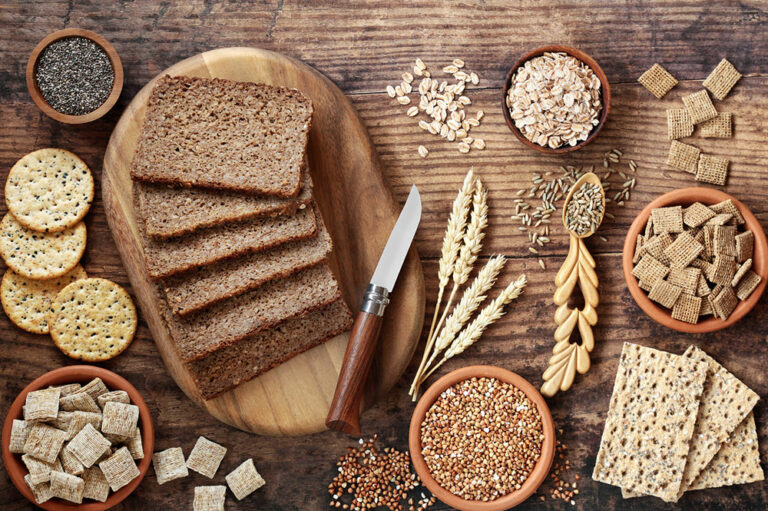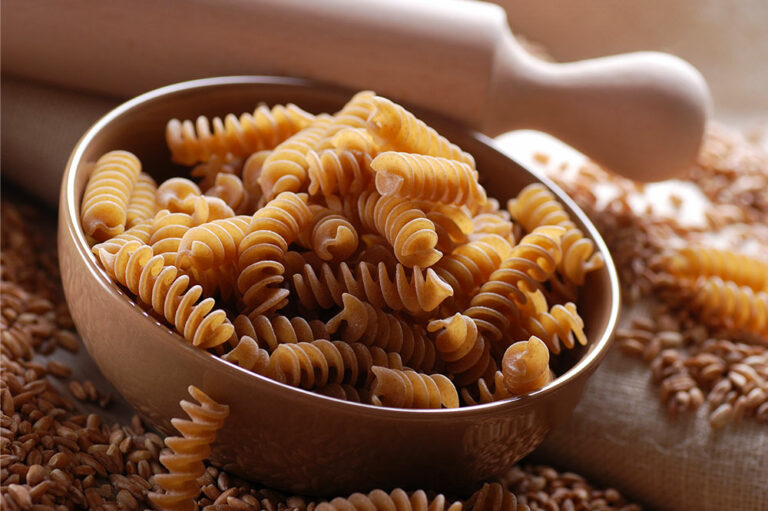
Health
8 foods to avoid when dealing with Huntington’s disease
Huntington’s disease (HD) is a rare neurodegenerative disorder characterized by the gradual breakdown of nerve cells in the brain. This degeneration can lead to the deterioration of motor skills and cognitive thinking, also affecting mental health. While there is currently no cure, managing HD’s symptoms can help enhance the quality of life of those affected. A part of management is avoiding certain foods to slow down the progression of the disease and alleviate its symptoms. Understanding Huntington’s disease Huntington’s disease is a genetic condition caused by a mutation in the HTT gene. This mutation leads to the production of a faulty protein called huntingtin, which accumulates in the brain, causing damage to nerve cells. As the disease progresses, those with HD experience a wide range of symptoms, including motor dysfunction, cognitive decline, and psychiatric disturbances, affecting their daily lives. Foods to avoid Processed foods Processed foods, such as fast food, packaged snacks, and fried foods, are often high in trans fats. These unhealthy fats have been linked to various health problems, including heart disease and inflammation. In those with HD, inflammation can exacerbate symptoms and cause further damage. So, it is advisable to avoid or limit the intake of processed foods rich in trans fats.
Read More 









